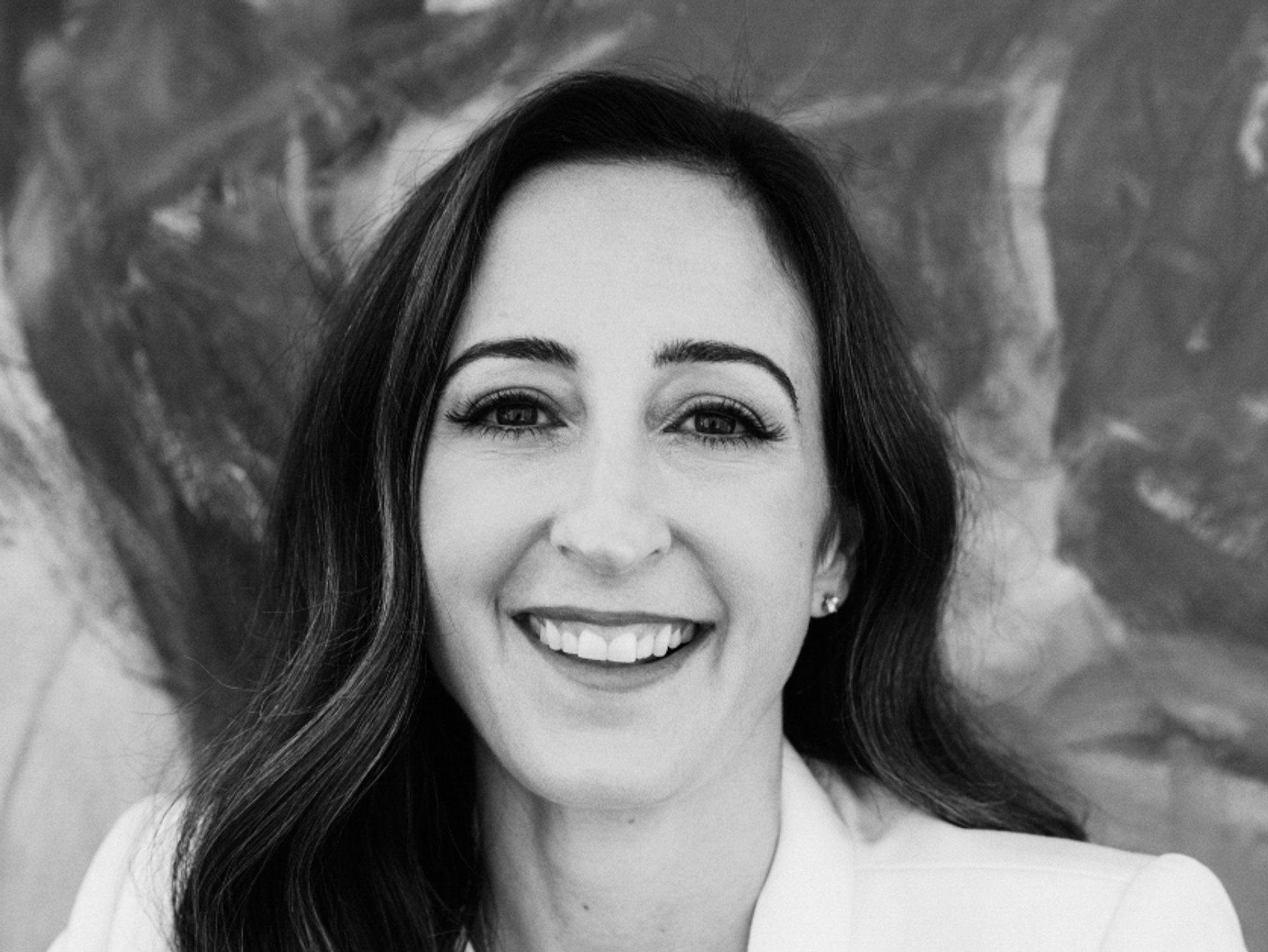Behind Her Empire: Alexandra Carter On How to Negotiate Anything
Yasmin is the host of the "Behind Her Empire" podcast, focused on highlighting self-made women leaders and entrepreneurs and how they tackle their career, money, family and life.
Each episode covers their unique hero's journey and what it really takes to build an empire with key lessons learned along the way. The goal of the series is to empower you to see what's possible & inspire you to create financial freedom in your own life.

This week, Behind Her Empire sat down with Alexandra Carter, J.D. Carter is a professor at Columbia Law School teaching mediation.
Since 2016, Carter has partnered with the United Nations Institute for Training and Research. Her career is focused on alternative dispute resolution. Before she enrolled at Columbia herself, she was a private equity analyst at Goldman Sachs and a Fulbright Scholar in Taiwan.
As a child, Carter said she was shy and nervous. She felt she struggled socially to make friends, but discovered if she was very passionate about something, she "kind of came alive in front of this group."
Early on, she "realized that one of the main ways I can connect with people is on issues that I really care about." She said her ability to share and connect with people taught her that "I didn't always know what to do socially. But I could teach and I could lead."
While enrolled at Columbia School of Law, she realized that mediation was her path to success.
"I swear, the first time I did that, I thought, this is it. I've found what I should be doing for the rest of my life," she said. "I loved helping other people negotiate."
Carter has run with her passion for negotiation. She said that she has to consider "what would my life look like, as a woman, as a professional, if I treated every conversation I had with someone — not just the money conversations — but every conversation as an opportunity to steer that relationship, to teach that person how to value me."
She said she found that not only did she have to negotiate, but she felt she had to do it for other women, so that they also know that negotiation and recognizing your own value is a good thing for every party involved.
Carter shared invaluable tips on how to negotiate, especially navigating pitfalls that disproportionately affect women. She spoke about how to see and protect your worth, the power of silence and how to ask the right questions.
Carter said that asking the right questions is key to successful negotiation.
"Questions are the secret weapon in negotiation," she said. "Negotiation starts with how you talk to yourself."
If you feel unprepared for a negotiation or have trouble making choices in the moment, she said it's likely "you didn't know the right questions to ask yourself first."
Once she started looking for ways to steer conversations and prioritize getting what she wanted, Carter said, "everywhere in my life, I saw opportunities to negotiate."
Carter shared advice on taking yourself seriously, the unique challenges women overcome as negotiators, how she deals with imposter syndrome and how to negotiate pay, promotions and project management.
Alexandra Carter is a Columbia Law School professor, public speaker and author of "Ask for More: 10 Questions to Negotiate Anything."
"Studies show that only 7% of people know the right questions to ask to make the most money at the table… They're open questions, you want to get that other person talking about their needs, their goals, what are the problems that they want to solve. And that is when as an entrepreneur or a person in corporate, you are going to start to crack incredible ceilings in your career, generate more business, do more business with your current clients, and also have them come back over and over again." —Alexandra Carter
dot.LA Engagement Intern Colleen Tufts contributed to this post.
Want to hear more of the Behind Her Empire podcast? Subscribe on Stitcher, Apple Podcasts, Spotify, iHeart Radioor wherever you get your podcasts.
- SHYFT Beauty Founder Melissa Hibbért on How to Prioritize - dot.LA ›
- Anjula Acharia Visualized Her Path to Success - dot.LA ›
- Cayli Cavaco Reck on How She Founded Knockout Beauty - dot.LA ›
- Winky Lux Founder Natalie Mackey On Women Entrepreneurs - dot.LA ›
Yasmin is the host of the "Behind Her Empire" podcast, focused on highlighting self-made women leaders and entrepreneurs and how they tackle their career, money, family and life.
Each episode covers their unique hero's journey and what it really takes to build an empire with key lessons learned along the way. The goal of the series is to empower you to see what's possible & inspire you to create financial freedom in your own life.




 Image Source: Perelel
Image Source: Perelel
 Image Source: Valar Atomics
Image Source: Valar Atomics Image Source: Waymo
Image Source: Waymo Image Source: Apple
Image Source: Apple